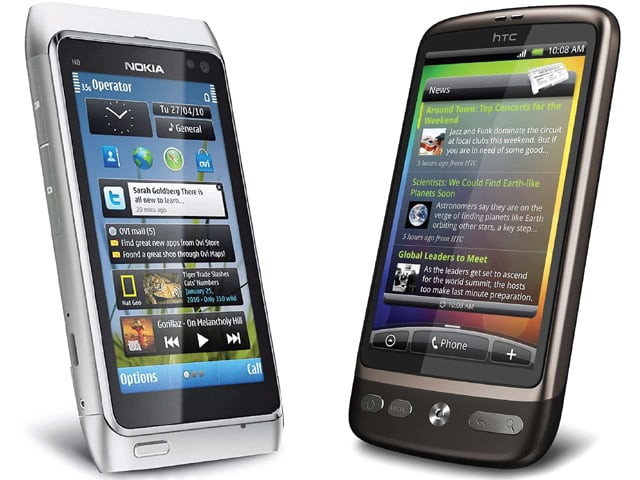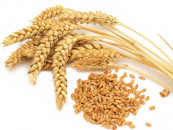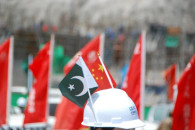Phone wars: Nokia N8 vs HTC Desire
The Express Tribune compares the two phones to help you decide which phone you should buy based on your preferences.

Phone wars: Nokia N8 vs HTC Desire
Screen: The two phones are almost the same size give or take a few millimeters and they both weigh exactly the same. The Desire’s screen is 3.7 inches and has a resolution of 480x800 pixels. The N8 has a 3.5 inch screen with 360x640 pixels. Both the screens AMOLED capacitive touch screen, 16M colors. Both are equally excellent.
Storage: The N8 has a massive 16gb of built in storage compared to the Desire’s paltry 512mb. Both support expansion cards of up to 32gb. If you really want to buy the Desire, this is not going to be that much of a deal breaker, but shame on HTC.
Camera: The Desire’s camera is a decent 5 megapixel affair and it takes decent pictures. However, the N8 is touted as the world’s most advanced camera phone, with a 12 megapixel resolution CMOS sensor as large as conventional digital point and shoots and an F2.8 aperture. The Carl Zeiss lens though not as big a deal as thought to be, is just gravy. N8 wins, it is miles and miles ahead.
Operating system: The Desire runs Android whose sales just surpassed those of the rival iPhone platform and accounted for 28 per cent of smart-phone sales in the US. It has bypassed RIM and has been generating lots of hype in Pakistan as well. The N8 runs on Symbian, which is an ailing operating system which caused Nokia’s smartphone sales to fall by 10 per cent year on year. The Symbian foundation has been shutdown by Nokia and they are coming out with Meego to be able to compete with Android and iOS. Android wins based on recent usage statistics.
Conclusion: If you went to art school, are a design major or a journalist who wants a decent point and shoot in his pocket at all times, then the N8 is the phone for you. However, the Desire is a wonderful phone that showcases the best of what Android has to offer and may be worth buying for the operating system hype.
Published in The Express Tribune, December 5th, 2010.


















COMMENTS
Comments are moderated and generally will be posted if they are on-topic and not abusive.
For more information, please see our Comments FAQ